Any links to online stores should be assumed to be affiliates. The company or PR agency provides all or most review samples. They have no control over my content, and I provide my honest opinion.
Earlier this week, Qualcomm relatively quietly announced three new chipsets. The Snapdragon 778G+, Snapdragon 695 and Snapdragon 480+.
It is mostly a forgettable announcement following the similar routine we have seen from both Qualcomm and MediaTek the past couple of years. Very minor refreshes of existing chipsets.
Qualcomm has announced so many chipsets this year I had forgotten the top of the range 7-series Snapdragon 780G existed.
The chipset was announced back in March, but to date, it seems like it is only the Xiaomi Mi 11 Lite 5G that has implemented it. For a while now, I have suspected that Qualcomm/MediaTek have some sort of exclusive deals with some OEMs for chipsets which is likely time-based. For example, Xiaomi launched the Redmi K30 5G Racing Edition with the SD768G and it took almost a year before any other company used this chipset.
The announcement for the new Qualcomm chipsets has been typically vague, with no detailed information on certain parts of the chipset.
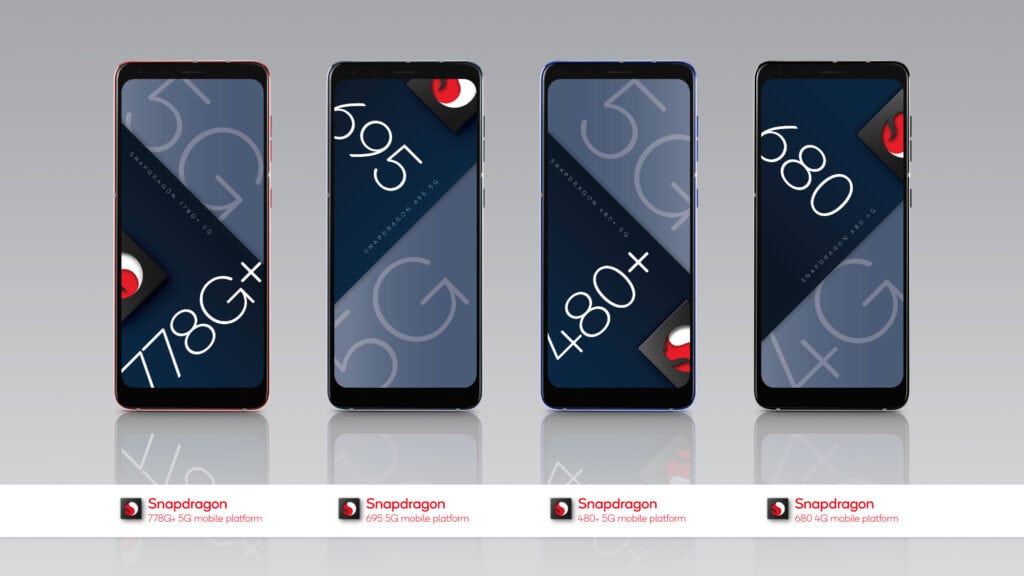
Qualcomm Snapdragon 778G+ vs Snapdragon 778G
As you would expect, the new Qualcomm Snapdragon 778G Plus is an incremental improvement over the Snapdragon 778G at best.
The Kryo 670 Prime core now runs at 2.5 GHz, up from 2.4 GHz, providing just a 4.2% uplift in frequencies. There is no change to middle A78 cores or the small A55 cores.
The Adreno 642L GPU is technically the same but Qualcomm claim that it now has 20% higher performance. Presumably, it is clocked higher than the previous generation.
There are no other changes.
Qualcomm Snapdragon 695 vs Snapdragon 690
The Qualcomm Snapdragon 695 is a bit more interesting. This has been updated with mmWave 5G support, not really much use in the UK but should be helpful in the US.
The CPU and GPU changes are even more vague. The CPU has moved to the Kryo 660, so in theory, the entire specification may have changed. But, lack of details would indicate that it is just a frequency bump.
The Snapdragon 695 has newer CPU cores Kryo 660 (vs. 560 for the older chip) and the Adreno 619 (vs. 619L). Qualcomm claim this provides improved CPU performance by up to 15% and GPU performance by up to 30%.
The Qualcomm specification page states the Kryo 660 goes up to 2.2Ghz, which is 10% higher than the 2.0Ghz the Kryo 560 uses.
Qualcomm Snapdragon 780G vs SD778G Plus & SD778G
What is quite odd is that the Snapdragon 780G name implies it is higher up in specification than the other chipsets. However, this may not be the case. The Snapdragon 778G Plus now has a higher clocked CPU, and it is has faster RAM with LPDDR5 (3200MHz) vs LPDDR4 (2133MHz).
The SD780G uses the smaller Samsung 5nm fabrication process but many people claim that TSMC is generally better.
Qualcomm Snapdragon 780G vs 778G Plus vs 778G vs 695 vs 690 Specification Comparison Table
| Qualcomm | Snapdragon 780G | Snapdragon 778G+ | Snapdragon 778G | Snapdragon 695 | Snapdragon 690 |
|---|---|---|---|---|---|
| CPU | Kryo 670 CPU cores (up to 2.4GHz) | Kryo 670 CPU cores (up to 2.5GHz) | Kryo 670 CPU cores (up to 2.4GHz) | Qualcomm Kryo 660 CPU Up to 2.2 GHz 15% improvement | Kryo 560 |
| 1x ARM Cortex-A78 @ 2.4GHz | 1x ARM Cortex-A78 @ 2.5GHz | 1x ARM Cortex-A78 @ 2.4GHz | |||
| 3x ARM Cortex-A78 @ 2.2GHz | 3x ARM Cortex-A78 @ 2.2GHz | 3x ARM Cortex-A78 @ 2.2GHz | 2x Kryo 660 (CA77) @ 2.2GHz | 2x Kryo 560 (CA77) @ 2.0GHz | |
| 4x ARM Cortex-A55 @ 1.9GHz | 4x ARM Cortex-A55 @ 1.9GHz | 4x ARM Cortex-A55 @ 1.9GHz | 6x Kryo 660 (CA55) @ 1.7GHz | 6x Kryo 560 (CA55) @ 1.7GHz | |
| GPU | Adreno 642 | Adreno 642L 20% higher performance | Adreno 642L | Adreno 619 GPU | Adreno 619L |
| AI | 6th gen AI Engine | 6th gen AI Engine | 6th gen AI Engine | ||
| Hexagon 770 processor | Hexagon 770 processor | Hexagon 770 processor | Hexagon 686 Processor | Hexagon 692 | |
| Memory | LPDDR4 (2133MHz) | LPDDR5 (3200MHz) | LPDDR5 (3200MHz) | 2x16 LP4x @ 2133 MHz | @ 1866MHz LPDDR4X 14.9GB/s |
| ISP | Triple 14-bit Spectra 570 ISP | Triple 14-bit Spectra 570L ISP | Triple 14-bit Spectra 570L ISP | Qualcomm Spectra 346T Triple 12-bit ISPs | Spectra 355L 14-bit 2x Image Signal Processor (ISP) |
| Single-camera: Up to 84MP with Zero Shutter Lag (ZSL) | Single-camera: Up to 64MP with Zero Shutter Lag (ZSL) | Single-camera: Up to 64MP with Zero Shutter Lag (ZSL) | Single camera: Up to 36MP with ZSL | Up to 192 MP | |
| Dual camera: Up to 64MP + 20MP with ZSL | Dual camera: Up to 36MP + 22MP with ZSL | Dual camera: Up to 36MP + 22MP with ZSL | Dual camera: Up to 22MP with ZSL | : Up to 16 MP | |
| Modem | Snapdragon X53 4G LTE and 5G multimode modem (integrated) | Snapdragon X53 4G LTE and 5G multimode modem (integrated) | Snapdragon X53 4G LTE and 5G multimode modem (integrated) | Snapdragon X51 Sub-6 GHz: 100 MHz bandwidth, 4x4 MIMO | Snapdragon X51 |
| Downlink: 3.3Gbps (5G) | Downlink: 3.7Gbps (5G) | Downlink: 3.7Gbps (5G) | Downlink: 2.5Gbps (5G), 1.2Gbps (4G LTE) | Downlink: 2.5Gbps (5G), 1.2Gbps (4G LTE) | |
| Charging | Qualcomm Quick Charge 4+ | Qualcomm Quick Charge 4+ | Qualcomm Quick Charge 4+ | Qualcomm Quick Charge 4+ | Qualcomm Quick Charge 4+ |
| Connectivity | Qualcomm FastConnect 6700 | Qualcomm FastConnect 6700 | Qualcomm FastConnect 6700 | Qualcomm FastConnect 6200 | Qualcomm FastConnect 6200 |
| WiFI 6E, WiFI 6 | WiFI 6E, WiFI 6 | WiFI 6E, WiFI 6 | WiFi 5 No mention of WiFi 6 | WiFI 6 ready | |
| 2.4GHz, 5GHz, 6GHz bands | 2.4GHz, 5GHz, 6GHz bands | 2.4GHz, 5GHz, 6GHz bands | 2.4GHz / 5GHz bands | 2.4GHz / 5GHz bands | |
| Manufacturing process | Samsung’s 5nm process | TSMC’s 6nm process | TSMC’s 6nm process | 6nm (TSMC?) | Samsung 8nm (8LPP) |
Devices with the Qualcomm778G Plus and Snapdragon 695
There are obviously no devices launched yet, but some brands have committed to using the chipsets:
- OPPO: “The new Snapdragon 695 5G Mobile Platform takes 5G truly global with mmWave and sub-6 in the 6-series, which will deliver high-speed connection enabled smooth experiences in all scenarios,” said Henry Duan, vice president, president of smartphone, OPPO. “We’re excited to launch a device based on the Snapdragon 695 in the coming months and bring even more incredible experiences to consumers.”
- Xiaomi: “Xiaomi and Qualcomm Technologies are committed to bringing the best mobile experiences to consumers,” said Chang Cheng, vice president of Xiaomi Corp. “We are excited to adopt the new Snapdragon 778G Plus 5G and Snapdragon 695 5G Mobile Platforms the deliver smartphones that will enable truly global 5G, enhanced AI, and immersive gaming experiences.”
I am James, a UK-based tech enthusiast and the Editor and Owner of Mighty Gadget, which I’ve proudly run since 2007. Passionate about all things technology, my expertise spans from computers and networking to mobile, wearables, and smart home devices.
As a fitness fanatic who loves running and cycling, I also have a keen interest in fitness-related technology, and I take every opportunity to cover this niche on my blog. My diverse interests allow me to bring a unique perspective to tech blogging, merging lifestyle, fitness, and the latest tech trends.
In my academic pursuits, I earned a BSc in Information Systems Design from UCLAN, before advancing my learning with a Master’s Degree in Computing. This advanced study also included Cisco CCNA accreditation, further demonstrating my commitment to understanding and staying ahead of the technology curve.
I’m proud to share that Vuelio has consistently ranked Mighty Gadget as one of the top technology blogs in the UK. With my dedication to technology and drive to share my insights, I aim to continue providing my readers with engaging and informative content.

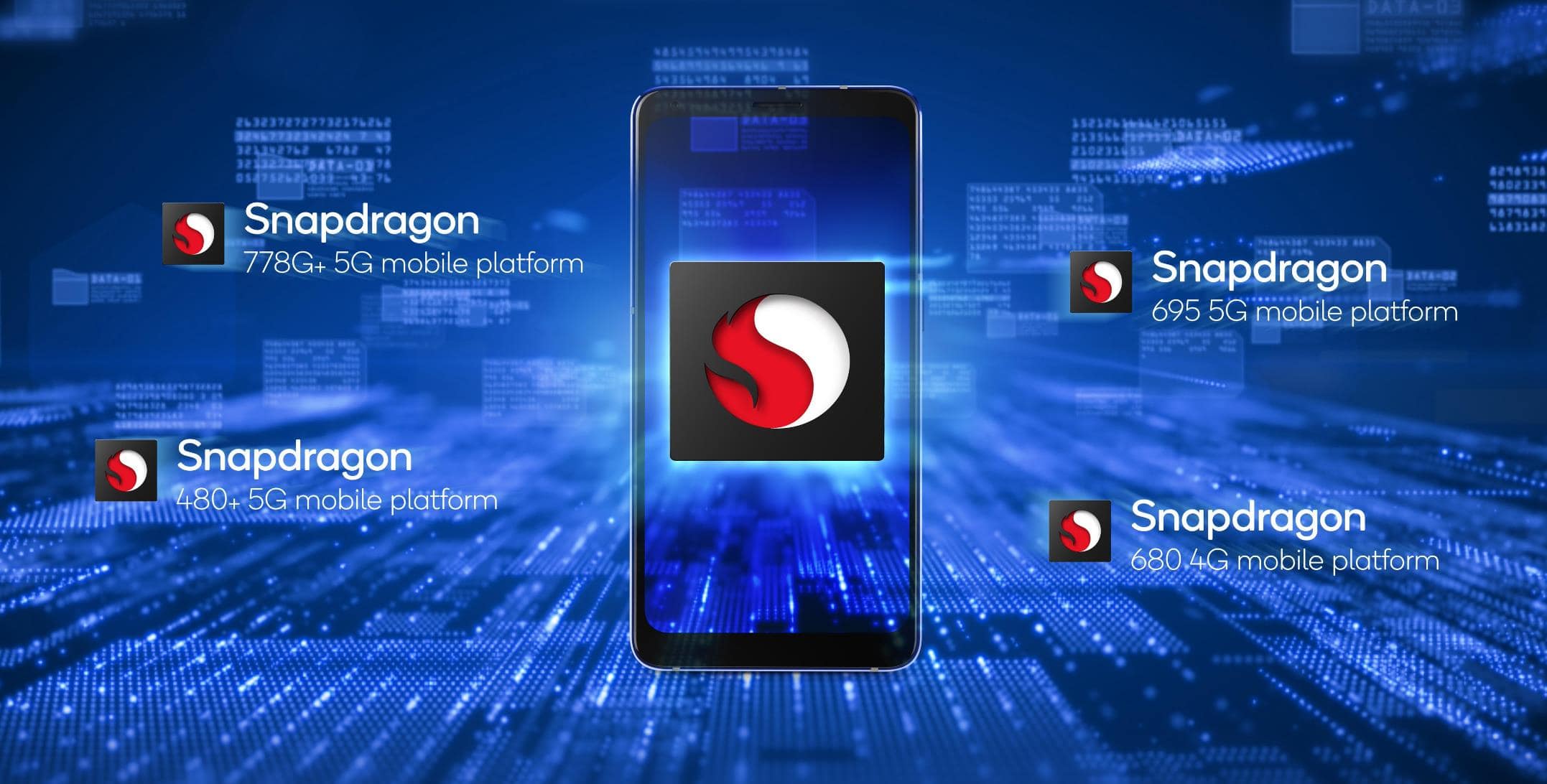
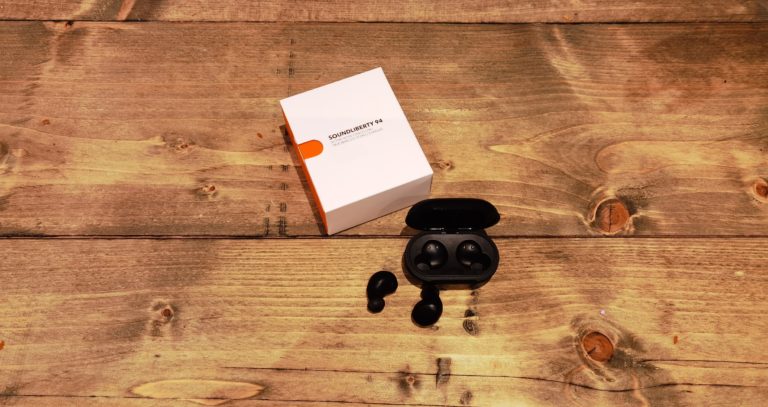

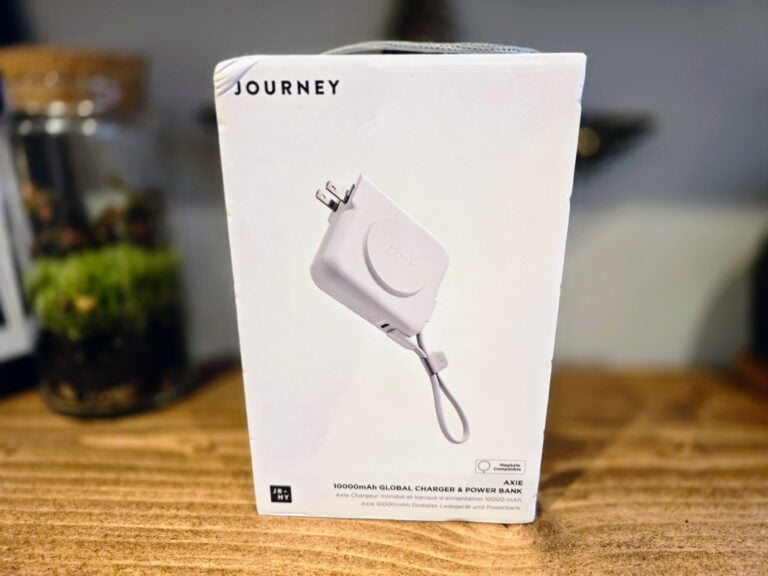
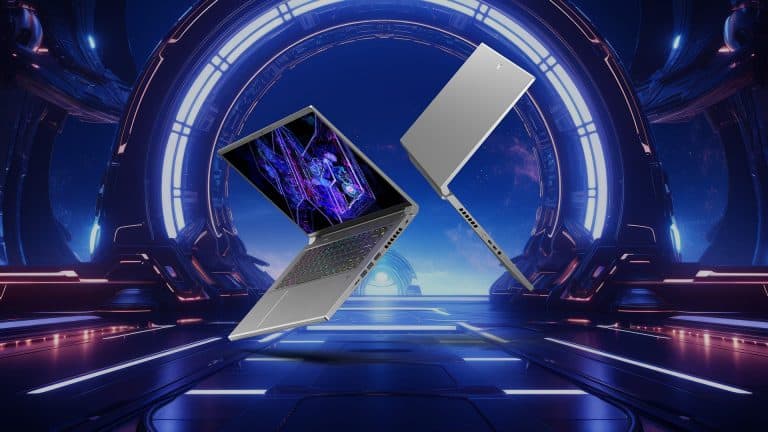
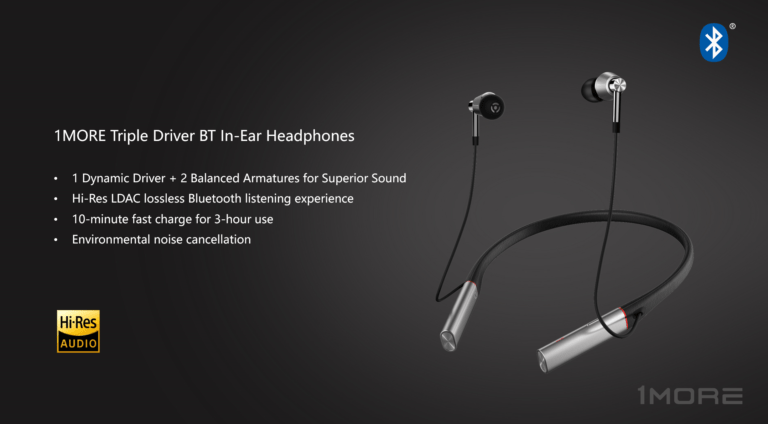
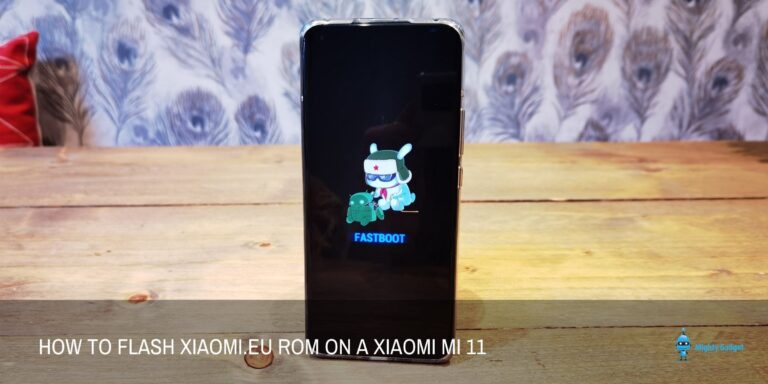
Actually the 695 packs new architecture which is based on Cortex-A78 CPU Kryo 660 is a part of the Kryo 6** series which uses cortex-x1 & cortex-A78 CPUs
The 778G+ CPU & GPU is now more powerful than the 780G so the better buy is the 778G+ than 780G if you want better gaming performance
Thanks for the comment, that’s better insight than the useless Qualcomm product brief pages